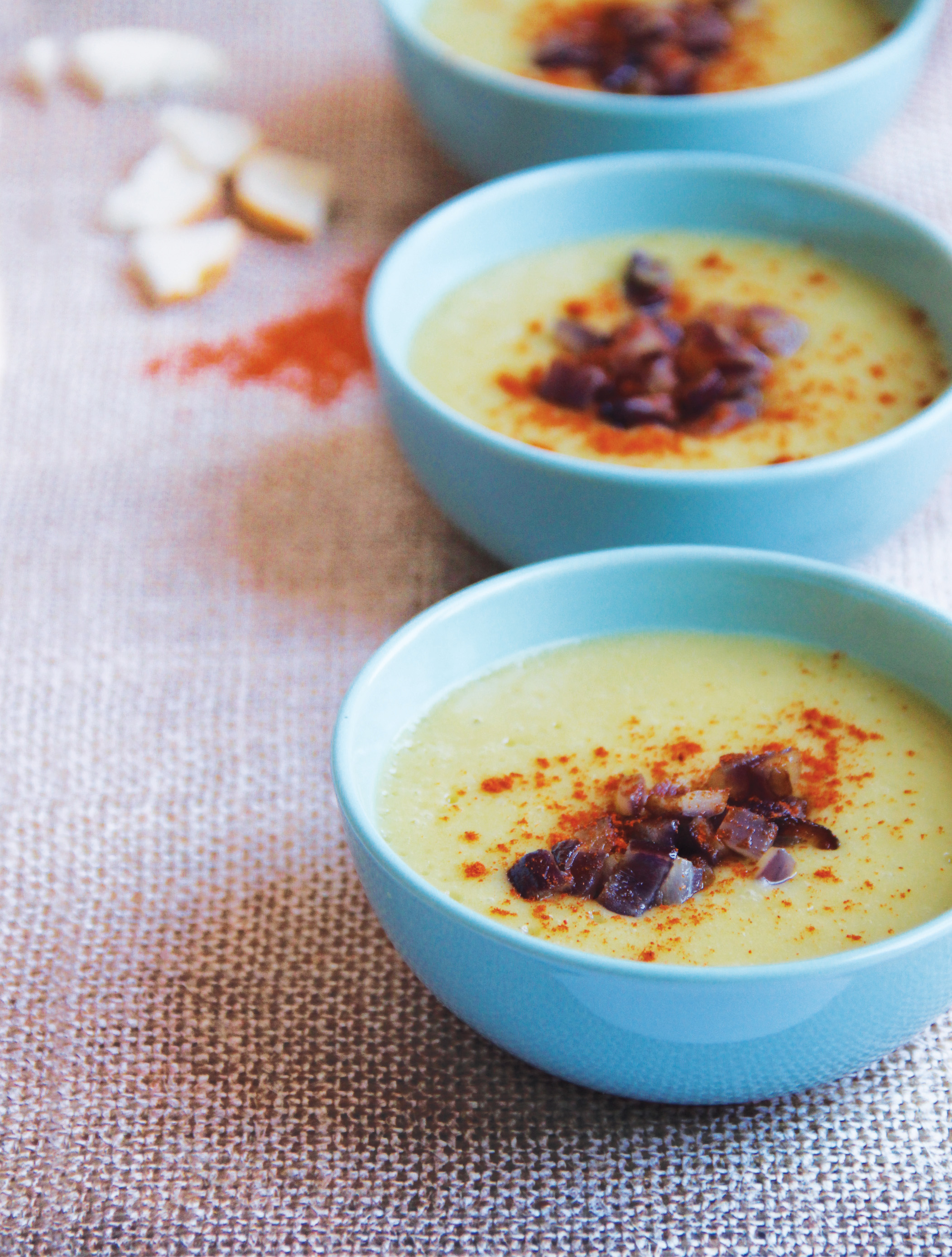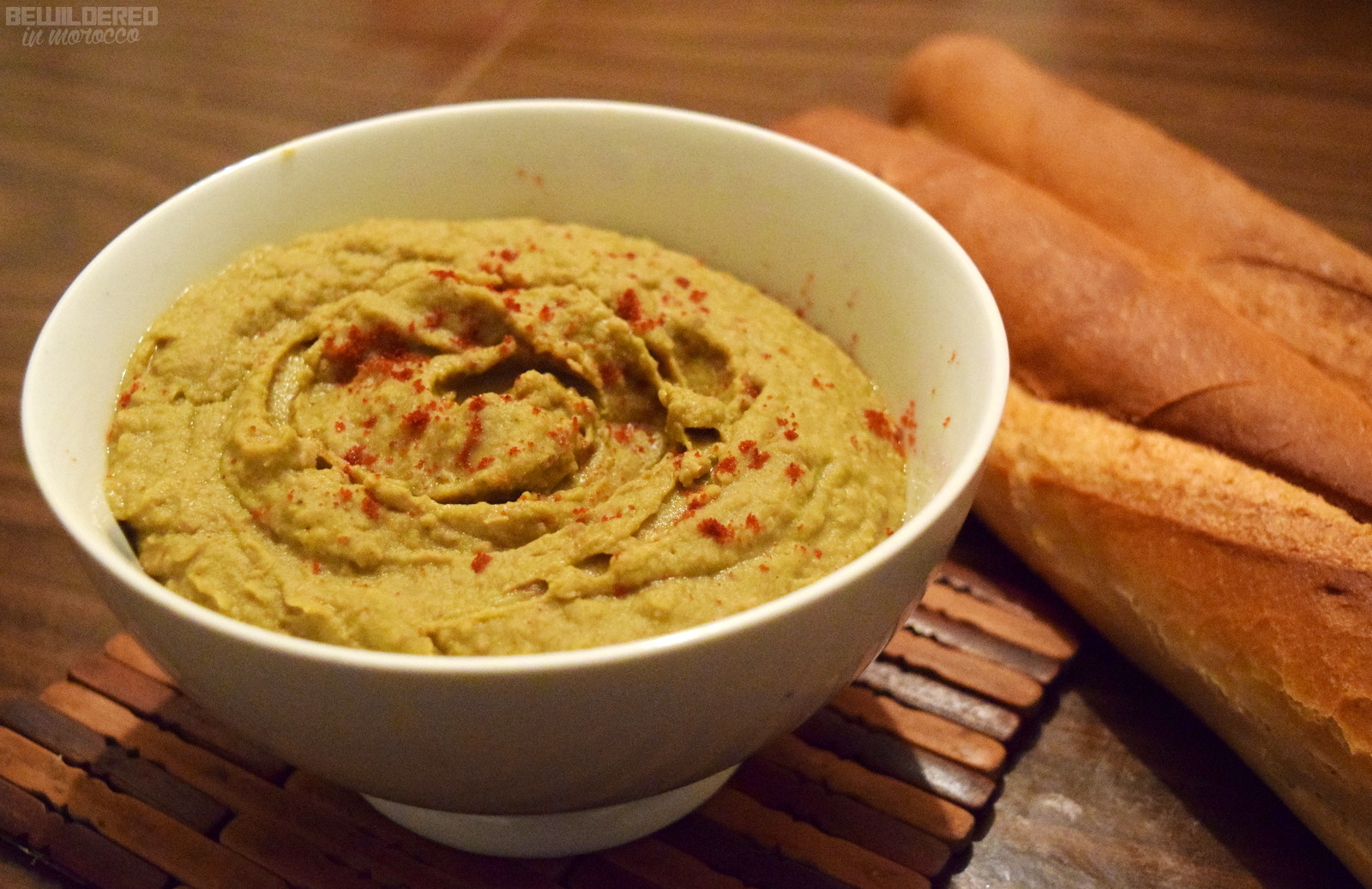Unlock The Secrets Of Bissara Recette: Your Ultimate Guide To This Delightful Dish
Imagine sinking your teeth into a rich, creamy, and aromatic bowl of bissara, a traditional Moroccan dish that's been delighting taste buds for centuries. This humble yet sophisticated dish is more than just food—it’s a cultural experience wrapped in a warm blanket of flavor. Whether you're a foodie looking to expand your culinary horizons or someone who simply loves exploring global cuisines, bissara recette is about to become your new obsession. Let’s dive into the world of bissara and uncover what makes it so special.
Bissara isn’t just any dish; it’s a reflection of Morocco’s rich culinary heritage. Made primarily from dried fava beans, this hearty stew is both comforting and deeply satisfying. It’s the kind of meal that warms you up on a cold winter day while also being light enough for a quick lunch. If you haven’t tried bissara yet, you’re missing out on one of the most authentic flavors of North African cuisine.
What makes bissara recette truly remarkable is its simplicity. You don’t need fancy ingredients or complicated techniques to create a bowl of pure magic. With just a few key elements—fava beans, garlic, olive oil, cumin, and maybe a pinch of chili—you can transport yourself to the bustling souks of Marrakech. Ready to learn more? Let’s get started.
What is Bissara Recette?
At its core, bissara recette is the blueprint for making this iconic Moroccan dish. But what exactly is bissara? Simply put, it’s a thick fava bean stew that has been enjoyed by generations of Moroccans as both a breakfast dish and an all-day comfort food. The preparation involves soaking and cooking dried fava beans until they’re soft and creamy, then seasoning them with spices like cumin, garlic, and sometimes a touch of heat from chili flakes. The result? A velvety texture and a flavor profile that’s both earthy and aromatic.
The beauty of bissara lies in its versatility. While it’s traditionally served as a simple stew, modern interpretations have added fresh herbs, lemon juice, and even yogurt to enhance its complexity. No matter how you choose to enjoy it, bissara remains a testament to the power of minimalism in cooking.
Why Should You Try Bissara?
There are countless reasons why bissara deserves a spot on your dinner table—or even your breakfast menu. First and foremost, it’s incredibly healthy. Fava beans are packed with protein, fiber, and essential nutrients, making bissara a nutritious option for vegans and vegetarians alike. Plus, it’s budget-friendly, which means you can indulge without breaking the bank.
But beyond its nutritional benefits, bissara offers a glimpse into the heart of Moroccan culture. Food in Morocco isn’t just about sustenance—it’s about community, tradition, and storytelling. Every spoonful of bissara carries with it the essence of a land where hospitality reigns supreme.
Health Benefits of Bissara
Let’s talk numbers for a moment. A single serving of bissara provides around 15 grams of protein, along with a generous dose of fiber, iron, and magnesium. These nutrients work together to support digestion, boost energy levels, and promote overall well-being. And because bissara is typically made with minimal ingredients, you avoid unnecessary additives and preservatives.
For those following specific diets, bissara is a dream come true. It’s gluten-free, dairy-free, and can easily be adapted to suit paleo or keto preferences by tweaking the seasoning and garnishes.
The Origins of Bissara Recette
To truly appreciate bissara, we need to explore its roots. This dish dates back thousands of years, originating in the fertile plains of North Africa where fava beans were first cultivated. Historically, bissara was considered a peasant’s food, a humble meal made from readily available ingredients. Over time, it evolved into a celebrated dish, cherished by people from all walks of life.
In Morocco, bissara is often served during Ramadan, a time when families gather to break their fast with traditional foods. Its association with this sacred period underscores its significance in Moroccan culture.
How Bissara Became a Cultural Icon
As globalization continues to reshape our culinary landscape, bissara has found its way onto menus around the world. Chefs and home cooks alike are drawn to its authenticity and adaptability. Whether paired with crusty bread, drizzled with argan oil, or topped with a fried egg, bissara continues to inspire creativity in the kitchen.
Its rise in popularity can also be attributed to the growing interest in plant-based eating. As more people seek out sustainable and nutritious meal options, bissara stands out as a shining example of how delicious and satisfying plant-based cuisine can be.
How to Make Bissara: Step-by-Step Guide
Ready to try your hand at making bissara? Follow this easy step-by-step guide to recreate the magic in your own kitchen:
Ingredients:
- 2 cups dried fava beans
- 2 cloves garlic, minced
- 1 tablespoon olive oil
- 1 teaspoon ground cumin
- Pinch of chili flakes (optional)
- Salt to taste
- Fresh parsley or cilantro for garnish
Instructions:
- Soak the fava beans overnight in cold water. Drain and rinse before use.
- In a large pot, cover the soaked beans with fresh water and bring to a boil. Reduce heat and simmer for about 1-2 hours, or until the beans are soft and falling apart.
- Once cooked, mash the beans with a potato masher or blend partially using an immersion blender for a creamy consistency.
- Heat the olive oil in a small pan and sauté the garlic until fragrant. Stir in the cumin and chili flakes, then add this mixture to the bissara.
- Season with salt to taste and serve hot, garnished with fresh herbs.
Voilà! Your very own bowl of bissara is ready to be savored.
Tips for Perfect Bissara
Here are a few pro tips to ensure your bissara turns out just right:
- Don’t skip the soaking step—it helps reduce cooking time and improves digestibility.
- For extra creaminess, add a splash of olive oil or yogurt at the end.
- Experiment with different spices to find your perfect blend.
Common Variations of Bissara Recette
While the basic recipe for bissara remains consistent, there are plenty of ways to personalize it. Some variations include:
- Spicy Bissara: Add more chili flakes or a dash of harissa for a fiery kick.
- Citrusy Bissara: Squeeze fresh lemon juice over the top for brightness.
- Herby Bissara: Mix in chopped mint or basil for a fresh twist.
No matter which variation you choose, the key is to balance the flavors so that each bite is a delight.
Pairing Suggestions for Bissara
Bissara pairs beautifully with a variety of accompaniments. Here are some ideas:
- Crusty baguette or flatbread
- Fresh salad with tomatoes, cucumbers, and onions
- Grilled vegetables like zucchini or eggplant
Feel free to mix and match based on your preferences!
Where to Find Authentic Bissara
If you’re not up for cooking but still want to experience authentic bissara, look for Middle Eastern or North African restaurants in your area. Many establishments offer bissara as part of their breakfast or appetizer menu. Alternatively, you can explore local farmers’ markets for fresh fava beans and spices to recreate the dish at home.
For those traveling to Morocco, visiting a traditional café or street vendor is a must-do. There’s nothing quite like savoring bissara in its native environment, surrounded by the sights and sounds of Moroccan life.
Buying Ingredients for Bissara
When shopping for ingredients, keep an eye out for high-quality fava beans. Look for ones that are plump and free from discoloration. If dried beans aren’t available, canned fava beans can serve as a convenient alternative, though they may lack some of the depth of flavor.
For spices, opt for freshly ground options whenever possible. The difference in aroma and taste is well worth the effort.
Bissara Recette Around the World
Although bissara is deeply tied to Moroccan cuisine, similar dishes exist across the globe. In Egypt, for example, ful medames shares many similarities with bissara, using fava beans as its base. Meanwhile, in Italy, fave e cicorie (fava beans and chicory) highlights the versatility of this humble legume.
Exploring these international takes on fava bean dishes can broaden your understanding of global culinary traditions while deepening your appreciation for bissara.
Connecting Through Food
Food has the unique ability to bring people together, transcending borders and languages. By learning about and preparing dishes like bissara, we connect with cultures far removed from our own. It’s a reminder that despite our differences, we share common threads of love, family, and community—all expressed through the universal language of food.
Conclusion: Embrace the Magic of Bissara
There you have it—everything you need to know about bissara recette. From its humble beginnings in ancient North Africa to its current status as a global culinary sensation, bissara continues to captivate hearts and palates alike. Whether you’re whipping up a batch at home or savoring it in a Moroccan café, this dish promises to leave a lasting impression.
So why wait? Dive into the world of bissara and discover the joy of creating something truly special. Don’t forget to share your creations with friends and family—and while you’re at it, drop a comment below to let us know how yours turned out. Happy cooking!
Table of Contents
- What is Bissara Recette?
- Why Should You Try Bissara?
- Health Benefits of Bissara
- The Origins of Bissara Recette
- How Bissara Became a Cultural Icon
- How to Make Bissara: Step-by-Step Guide
- Tips for Perfect Bissara
- Common Variations of Bissara Recette
- Pairing Suggestions for Bissara
- Where to Find Authentic Bissara
- Bissara Recette Around the World
- Connecting Through Food

Recette bissara Le Chef Anto Gastronomie africaine Paris

Bissara Recipe Moroccan Broad Bean Cream Quick & Easy To Make

350 Bissara Stock Photos, Images & Photography Shutterstock